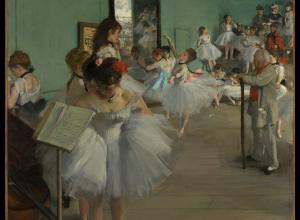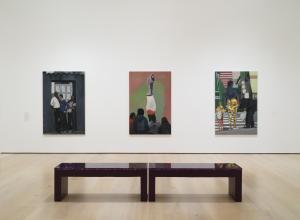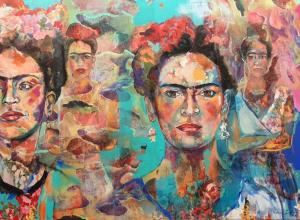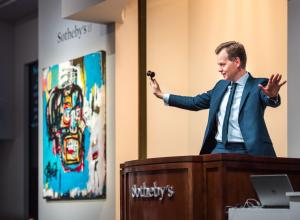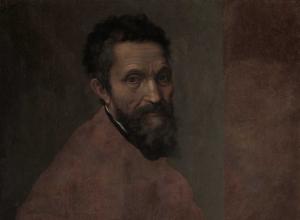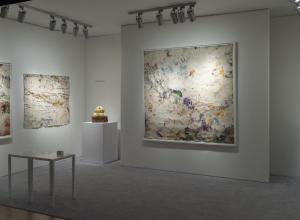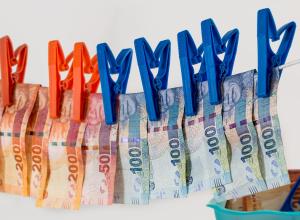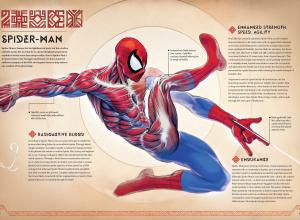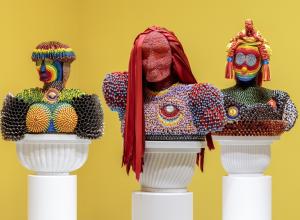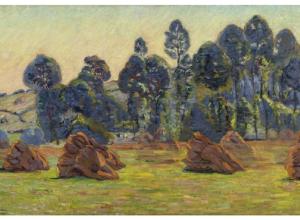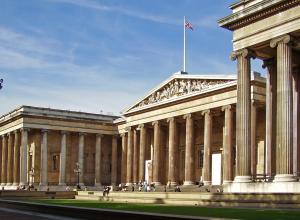In her essay, “Unmasking Art Forgery: Scientific Approaches” (in The Palgrave Handbook on Art Crime, 2019), Robyn Sloggett outlines the historical use of scientific and technological aids for analysis. In the 1920s, institutions such as the British Museums Research Laboratories and the Harvard Fogg Museum’s Department of Technical Studies supported chemical analysis of pigments. By the late 1940s, forensic analysis was seen as critical to authentication. Specialists such as Giovanni Morelli and Edmond Locard argued that traditional modes of connoisseurship should expand to include rigorous scientific verification, especially in cases where provenance was less stable. In recent decades, this has included technologies such as scanning electron microscopy, x-ray fluorescence, Raman spectroscopy, and radiocarbon dating. In all such applications, scientific data never serves as proof alone but is instead recognized as one of many tools in the authenticator’s arsenal.
AI authentication must be viewed in much the same way—as a tool and not a solution. Companies such as Art Recognition, Hephaestus Analytical, and Vasarik offer AI models that utilize convolutional neural networks (CNNs), an AI programming structure that supports image recognition. This same technology has widespread application from social media’s ability to suggest identity tags to autonomous vehicles that respond to road signs, pedestrians, and potential obstacles. In art authentication, CNNs perform “computer vision,” which goes beyond simple recognition and allows the system to interpret meaningful information, patterns, and systemic differences in a provided data set.
Many AI models for authentication utilize vision transformers (ViTs), which supplement CNN-derived findings. By splitting inputted images into gridded patches, ViTs allow for even closer analysis. Many purveyors of AI authentication produce “heat maps” identifying areas within a single work that match with or defer from patterns in the artist’s oeuvre. To showcase the strengths of their services, Art Recognition has produced studies of known forgeries by the likes of Tom Keating and Wolfgang Beltracchi. Resulting heat maps highlight areas of concern that differ from the known characteristics of an artist’s practice.
Like generative AI—the broad term for applications such as Chat GPT— ViTs and CNNs are deep learning mod-els. They mimic the human brain’s ability to interpret and make decisions, unlike simpler machine-learning AI which performs a single task based on the input algorithm. As with all AI, performance ability and reliability are only as strong as the data from which the program “learns.”
Datasets allow the machine to recognize the work of an artist under examination, but the number of images necessary can vary widely. Hephaestus claims their model can “learn” from as few as 30 images, while Art Recognition requires several hundred. In most cases, the AI requires both positive identifications derived from an existing catalogue raisonné and a control set of fake works, comprised of AI-generated works “in the style of” the artist and work by close stylistic contemporaries. Many artists present unique problems in creating datasets. Most successful uses of AI for authentication have examined artists for whom there is a single, well-established catalogue raisonné. In the case of someone like Jean-Michel Basquiat, for whom there is no catalogue raisonné and for whom traditional authentication has been complicated by legal challenges and the shuttering of authentication services by the artist’s foundation, creating a reliable dataset is almost impossible.
Even when an artist is well-suited to potential analysis, competing AI models have produced conflicting results. In early 2023, researchers at the University of Nottingham and the University of Bradford in the U.K. claimed that the long-controversial de Brécy Tondo painting, sometimes attributed to Raphael, was in fact an original work by the artist, reporting 95 percent resemblance to key stylistic attributes. But later that year, Art Recognition’s model suggested an 85 percent probability that the work was not by Raphael.


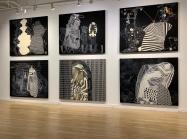

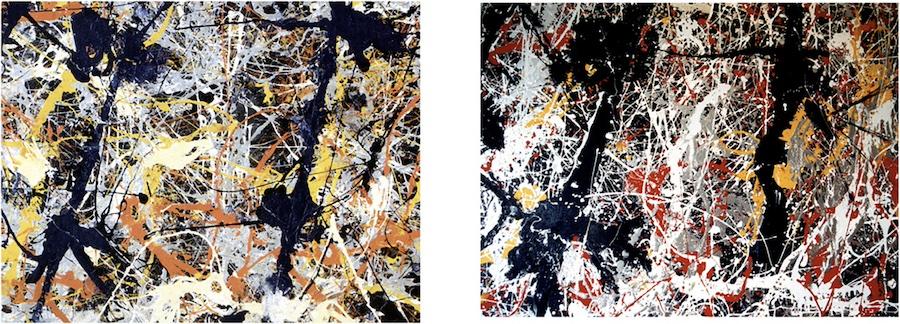
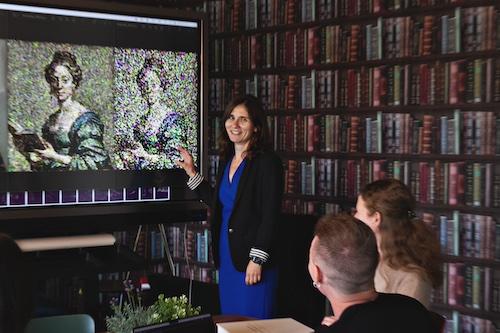
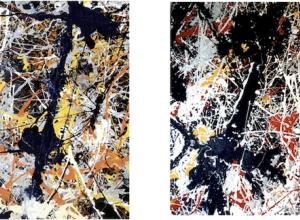
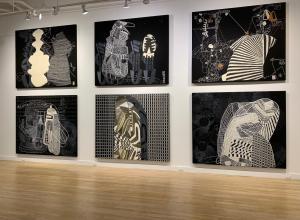

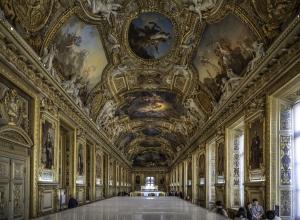

![DEl Kathryn Barton [Australian b. 1972] the more than human love , 2025 Acrylic on French linen 78 3/4 x 137 3/4 inches 200 x 350 cm Framed dimensions: 79 7/8 x 139 inches 203 x 353 cm](/sites/default/files/styles/image_5_column/public/ab15211bartonthe-more-human-lovelg.jpg?itok=wW_Qrve3)
